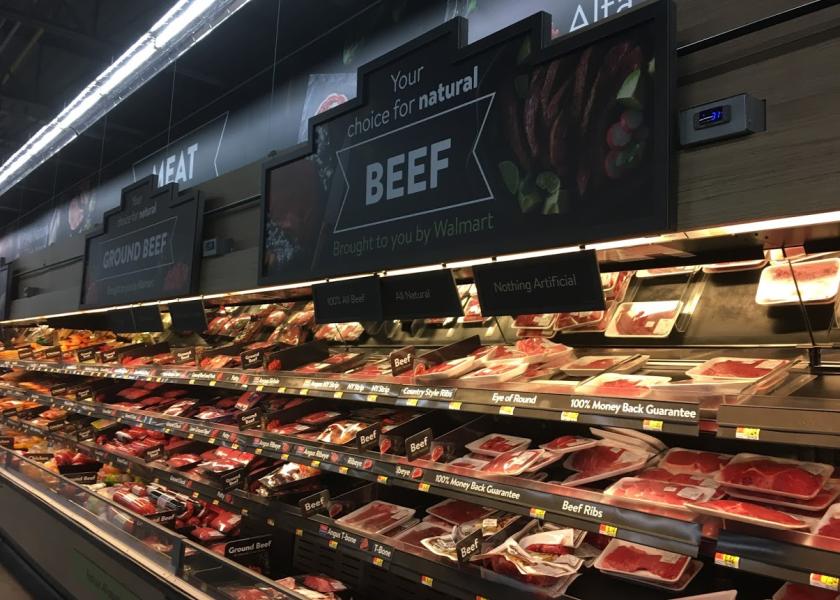Beef Sales Increase $3.5 Billion During Pandemic

Retail beef sales have increased $3.5 billion during the COVID-19 pandemic which began March 15. That’s according to data analysis by IRI and reported by Anne-Marie Roerink, 210 Analytics.
The week ending July 19 was expected to bring declining retail meat sales as consumers begin reengaging with foodservice. The spiking number of cases of COVID-19, however, has scaled back restaurant and foodservice activities which is shifting dollars back to retail again.
“For the week of July 19, the elevated everyday demand resulted in a 23.4% increase in dollar sales versus year ago for the meat department,” Roerink said. “This is two percentage points higher than the prior week and the highest gain since late May.”
The week ending July 19 was also the 18th week of double-digit gains since the onset of the pandemic. While higher prices drove much of this gain, volume gains hit double digits for the first time since the week of June 21, Father’s Day week, at +10.3%, according to IRI.
“So far during the pandemic, starting March 15 through July 19, dollar sales are up 35.3% and volume sales have increased 21.9% versus the same period last year,” Roerink said. “This translates into an additional $7.7 billion in meat department sales during the pandemic, which includes an additional $3.5 billion for beef, $1.1 billion for chicken and $814 million for pork.”
Beef production has also increased in recent weeks after the coronavirus-induced slowdowns.
“This week's cattle harvest was relatively flat with year-ago levels, with total beef production up 2.2% on heavier cattle weights,” said Christine McCracken, executive director Food & Agribusiness for Rabobank. “The USDA Inventory report released Friday shows a slight drop in on-feed supplies versus year-ago, but ample supplies to harvest in coming months. Retail beef interest has been slow and likely reflects higher shelf prices (lower discounting) and adequate inventories. With sluggish white table cloth sales, stimulus funds about to expire and high unemployment, we expect total beef demand to remain under some pressure.”
The overall 23.4% meat department gain the week ending July 19 was fueled by double-digit gains for all proteins, including chicken that improved dollar gains from 8.8% the week of July 12 to 14.2% the week of July 19. Lamb and beef had the highest percentage growth, at +40.5% and +30.4%. Beef easily had the highest absolute dollar gains (+$135 million), followed by chicken (+$31 million) and pork (+$20 million).
Ground beef increased 24.9% in dollars and saw its largest increase in volume since mid- April, at +8.0%.
Related stories:
CAB Insider: Greater Eligibility Assists CAB Supply







